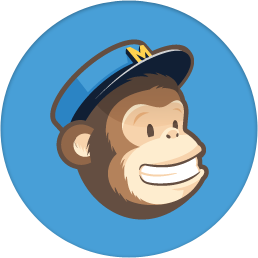How to Choose the Best Hebrew Primer for Learners of All Ages
How to Choose the Best Hebrew Primer for Learners of All Ages
Decoding Hebrew opens the gates to a world of skills and deeper connection to Jewish prayer, culture, and tradition.
Now's the time to start thinking about your Hebrew program for the upcoming year. So how to decide which primer is best for your learners?
Here's an overview of our most popular primers:
Alef Bet Quest
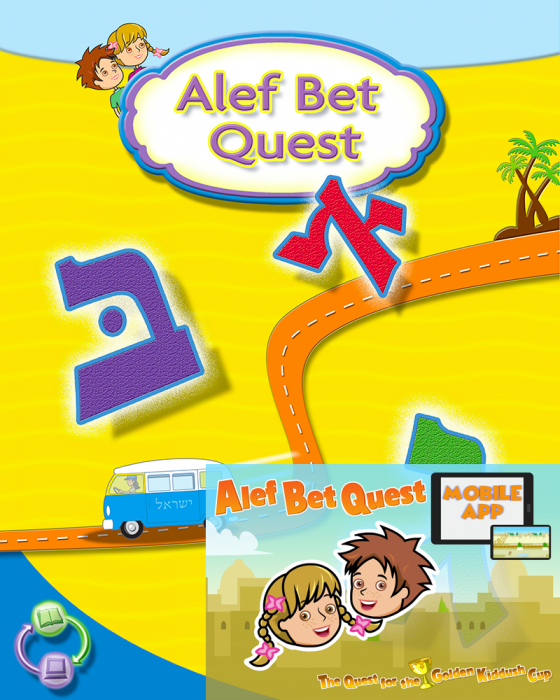 Best for: Grades 3-4
Best for: Grades 3-4
Students learn Hebrew through a guided virtual tour of Israel. Teaches new letters and vowels from real Hebrew words, with an emphasis on those found in the prayer book. Alef Bet Quest was created by Dr. Dina Maiben, director of the Hebrew program at Gratz College.
The primer introduces same-sound letters together and keeps look-alike letters separate to avoid confusion. It also has plenty of opportunity for practice between introduction of new letters. Teaches block print writing to reinforce sound-symbol association and visual discrimination.
Shalom Uvrachah - Print or Script
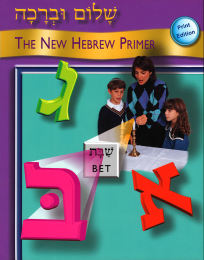 Best for: Grades 3-4
Best for: Grades 3-4
Shalom Uvrachah includes 25 lessons that introduce new letters and vowels from key cultural words and concepts. For example, student learn the letters kuf and tzadee from the word tzedakah, or the letter tet from the word tallit.
Vowels are introduced in manageable increments, and look-alike and sound-alike letters are introduced separately. The print edition teaches block writing, which is excellent for later work on t'filah. The script edition provides important scaffolding for modern Hebrew. Good for programs that meet twice a week.
Shalom Uvrachah Primer Express
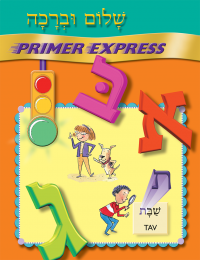 Best for: Grades 3-4
Best for: Grades 3-4
Short on time? Shalom Uvrachah: Primer Express is ideal for programs that meet once a week. In just 96 pages, students will finish the primer faster, with no (or optional) writing.
Shalom Hebrew
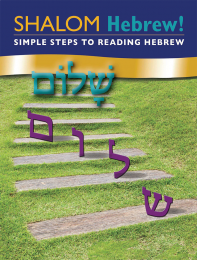 Best for: Grades 5-Adult
Best for: Grades 5-Adult
This streamlined adaptation of Shalom Uvrachah is designed for older students - especially those starting Hebrew in 5th or 6th grade - to quickly learn to decode Hebrew accurately and fluently. It's built on a foundation of key cultural words, such as mitzvah and shamash, and introduces related letters, vowels, syllables and words, with plenty of practice opportunities. Also great for one-on-one and small groups.
The Alef-Bet of Blessing
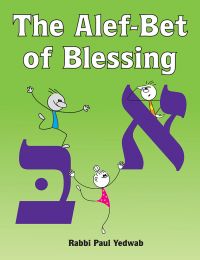 Best for: Grades 3-Family
Best for: Grades 3-Family
Decoding with a goal of introducing children and families to Hebrew blessings.
This primer is organized around the letters that form the six words that start most blessings: Baruch Atah Adonai, Eloheinu Melech ha’olam. Learn the Hebrew letters and the basic building blocks of Jewish prayer at the same time. With a focus on blessings, this self-guided primer builds Hebrew skills for use at home and during holiday celebrations, and in prayer.
Derech Binah
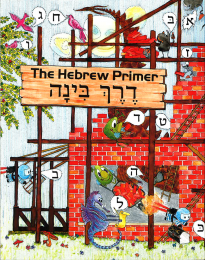 Best for: Grades 3-4
Best for: Grades 3-4
This classic primer has taught hundreds of thousands of children to read Hebrew. Derech Binah introduces look-alike letters together in large, clear type, along with reading exercises to help discriminate between them. Also teaches blessings, prayers, and songs. Designed with one clear activity per page.
Each lesson includes a ruled notebook page for students to practice forming block print letters.
Aleph Isn't Tough
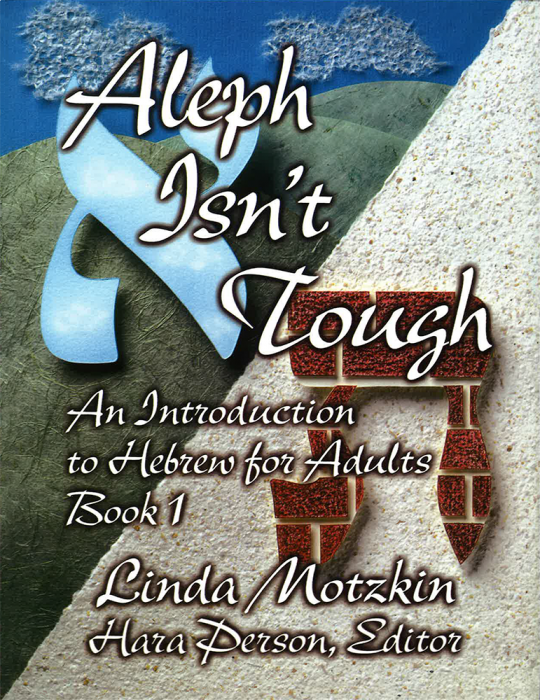 Best for: Adults
Best for: Adults
This primer is designed for adults with no prior Hebrew knowledge. Teaches phonetic decoding through words an adult might encounter through Jewish cultural and religious life - prayers, blessings and rituals of Jewish home observances.
Companion Materials
- Teachers guides are available for all the primers, except The Alef-Bet of Blessing, which is self-guided.
- Many of the primers also have companion word cards or companion workbooks. See the specific primer on our website for more details.
- Companion apps are available for both Alef Bet Quest, the Shalom Uvrachah series and Shalom Hebrew.
- The Alef Bet of Blessing includes a free audio companion for self-guided learning. (available on the product website)
Hebrew Primer Supplements
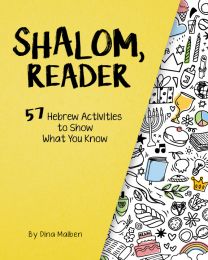 Shalom, Reader: 57 Hebrew Activities to Show What You Know (Grades 3-5)
Shalom, Reader: 57 Hebrew Activities to Show What You Know (Grades 3-5)
Build students' confidence and vocabulary with simple stories and games that offers a new way for emerging readers to practice decoding skills in a meaningful way. Activities are built on vocabulary that overlaps with scenarios that are familiar to children, such as holiday celebrations, school, family, time, and the weather. Created by Dina Maiben.
 Ulpan Alef and Ulpan Bet (Grades 4-6)
Ulpan Alef and Ulpan Bet (Grades 4-6)
Two sets of playful four-page folders on topics such as the family, food, at school, and colors add a touch of modern Hebrew to Hebrew learning.
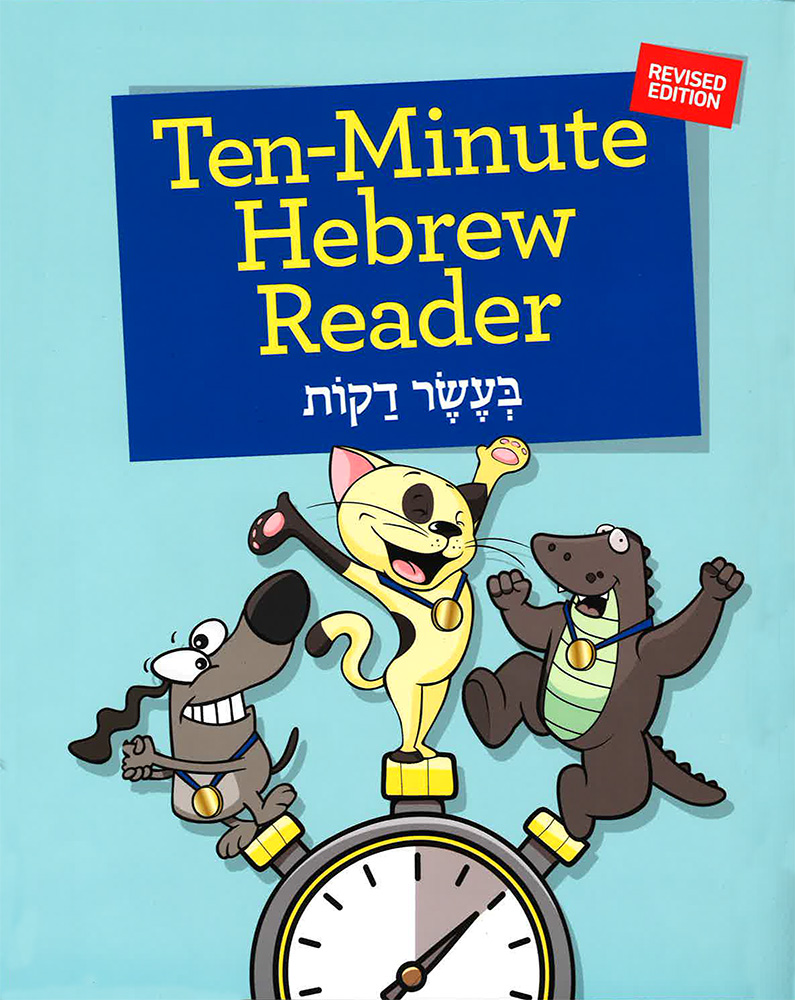 Ten-Minute Hebrew Reader (Grades 4-6)
Ten-Minute Hebrew Reader (Grades 4-6)
Students strengthen their Hebrew skills with simple and quick games—just ten minutes a session. Action-based activities include singing the words, clapping the number of syllables, and stretching to demonstrate vowel sounds.
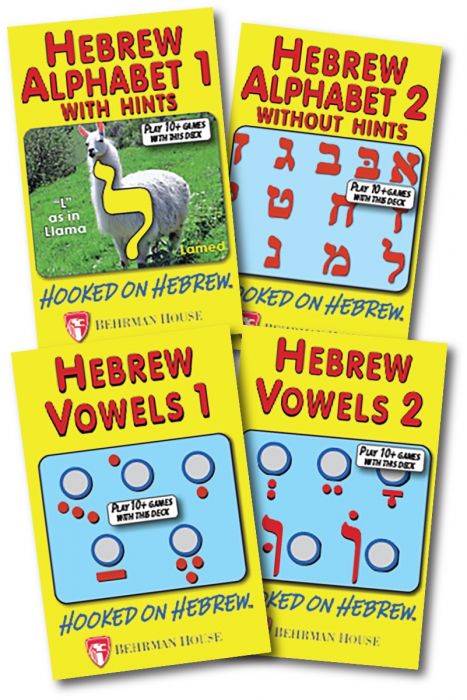 Hooked on Hebrew Playing Cards (Grades 3-adult)
Hooked on Hebrew Playing Cards (Grades 3-adult)
A game-based way to practice Hebrew letters and vowels. Each card deck includes directions for more than ten games, such as Memory, Go Fish, and Gin Rummy. Especially useful for small group, pairs, or teams.
Strong Hebrew programs have a clear rationale, a reason for doing what you're doing. Knowing your end goal provides you the necessary filter and foundation upon which to structure learning experiences, create effective lessons, choose appropriate materials, and develop benchmarks. Download the Consider Your Goals guide.
This guide - plus more! - is available on the Behrman House website, under the Plan section.
Many of the Hebrew materials are also available with online turn-page access for easy access during remote learning. Learn more about our turn-page materials here.
Keep up with the latest information by subscribing to our newsletter and connect with us on social media!



